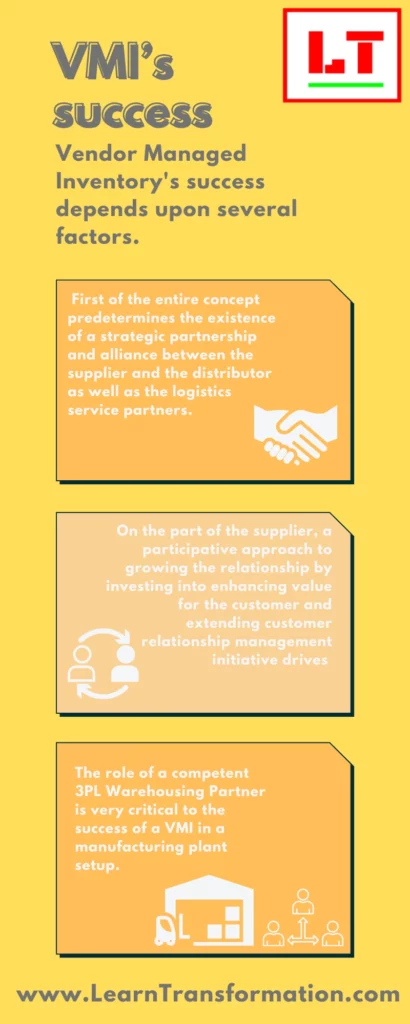Vendor Managed Inventory (VMI) is a supply chain management practice where the supplier takes responsibility for monitoring and managing a retailer’s inventory levels. This collaborative approach can help improve efficiency, reduce costs, and enhance customer satisfaction. In the competitive retail industry, efficient inventory management is crucial for meeting consumer demand, minimizing stockouts, and optimizing logistical processes.
Benefits of Vendor Managed Inventory
One of the key benefits of Vendor Managed Inventory is improved inventory accuracy and control. By allowing the supplier to monitor stock levels and make replenishment decisions, retailers can avoid costly overstock situations and ensure that popular items are always available.
Additionally, VMI helps reduce stockouts by ensuring that the right products are in the right place at the right time. This can lead to increased sales and customer satisfaction, as shoppers are more likely to find what they need when they visit a store.
Furthermore, VMI promotes collaboration and communication between retailers and suppliers. By sharing sales data, forecasts, and other relevant information, both parties can work together to optimize inventory levels and streamline the replenishment process.
How Vendor Managed Inventory Works
Vendor Managed Inventory operates on the premise that the supplier monitors the retailer’s inventory levels in real-time. This allows the supplier to take proactive action in restocking, ordering, and managing inventory levels based on demand signals.
By taking on these responsibilities, suppliers can help retailers reduce the burden of inventory management and focus on other core aspects of their business. Retailers, in turn, benefit from a more agile and responsive supply chain that can adapt quickly to changing market conditions.
Case Studies
Case Study 1: A large retail chain implemented Vendor Managed Inventory with a key supplier, resulting in a significant reduction in stockouts and a more efficient inventory turnover rate. By leveraging VMI, the retailer was able to improve its overall supply chain performance and enhance customer satisfaction.

Image courtesy of learntransformation.com via Google Images
Case Study 2: A small business adopted Vendor Managed Inventory to streamline its operations and reduce carrying costs. By allowing the supplier to manage inventory levels and shipments, the business was able to focus on expanding its product range and increasing customer engagement.
Best Practices for Implementing Vendor Managed Inventory
To successfully implement Vendor Managed Inventory, retailers and suppliers should establish clear communication channels and information-sharing protocols. This includes sharing sales data, inventory levels, and demand forecasts to ensure accurate planning and replenishment.
Setting performance metrics and key performance indicators (KPIs) is essential for tracking the success of a VMI program. By measuring inventory accuracy, stockout rates, and other relevant metrics, retailers can identify areas for improvement and make informed decisions to optimize their supply chain.
Regularly reviewing and adjusting inventory levels based on sales data and demand forecasts is also critical for the success of Vendor Managed Inventory. By staying agile and responsive to market changes, retailers and suppliers can ensure that inventory levels are aligned with customer demand.
Summing Up
Vendor Managed Inventory offers a powerful tool for retailers to optimize their supply chain and enhance operational efficiency. By leveraging VMI, retailers can improve inventory control, minimize stockouts, and foster collaboration with suppliers. As the retail landscape continues to evolve, VMI can provide a competitive advantage for businesses looking to streamline their logistics processes and meet customer expectations.



